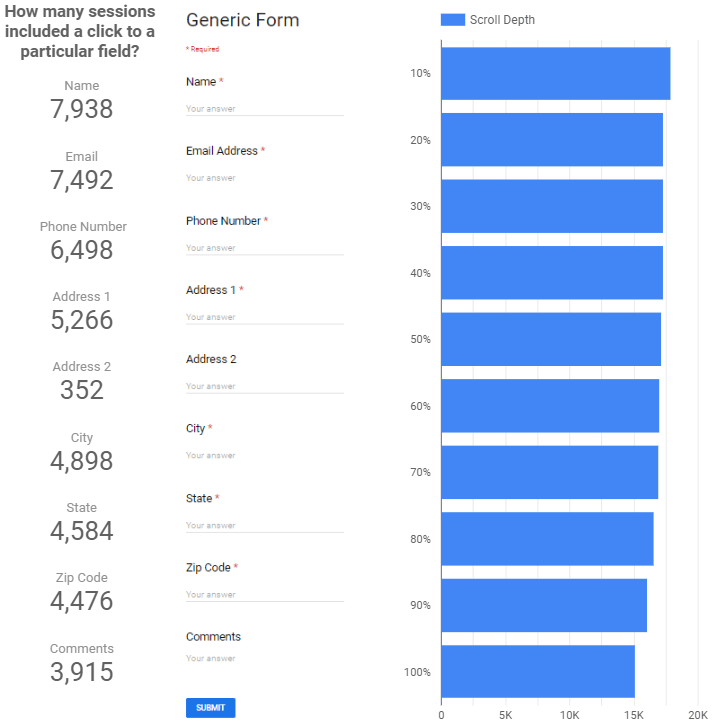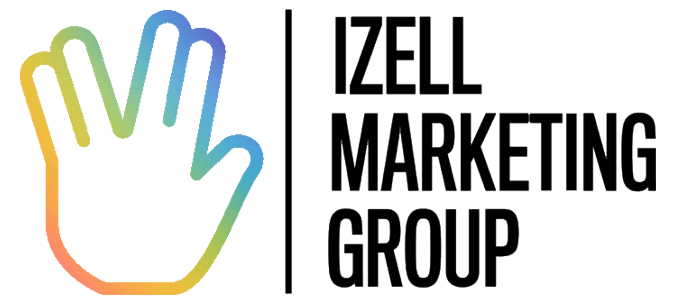Have you ever wondered how many people begin to sign up or purchase something from your website, but then don’t complete the steps?
If your Google Analytics goal requires two or more steps, each with a unique URL (such as a thank you page preceded by a form page, or a multi-page checkout process), you can set up a destination goal and fill in the preceding steps in the optional Funnel section. But that doesn’t capture the entire picture, because each page can have its own unique user interactions that could provide insight into which part influences the exit without conversion.
Setting up custom interaction events with Google Tag Manager can help you isolate which specific part of the process is causing users to turn away. For each part of the form, you can track scroll depth, clicks, and other interactions, helping you know what to focus optimization efforts on, beyond just which specific page.
This becomes even more powerful when you combine it with A/B testing of different pages. If you gather enough data prior to the A/B testing, you will likely have at least one area in mind to test. You can even gather specific data during the A/B test, recording clicks, scroll depth, and other interactions while also recording which page variant the user was experiencing. With all these results, you could compare dropoff points across the variants and further refine your optimization testing to reach a conclusion.
With all this collected, you will be able to make great custom visualizations that help you understand the conversion process for your users (both ideal and in reality). For these reports, we like to use Google Data Studio because of its simple, real time connection to Google Analytics and the customization and design options that help viewers of the reports really see conversion issues.

We recently completed such an analysis on a client website with a long conversion form. With Google Tag Manager, we were able to track interaction with each required form field, and identify which fields were causing potential leads to back off of the conversion process. By combining this evidence with the client’s business expertise, we were able to improve the lead form and optimize the conversion rate.




